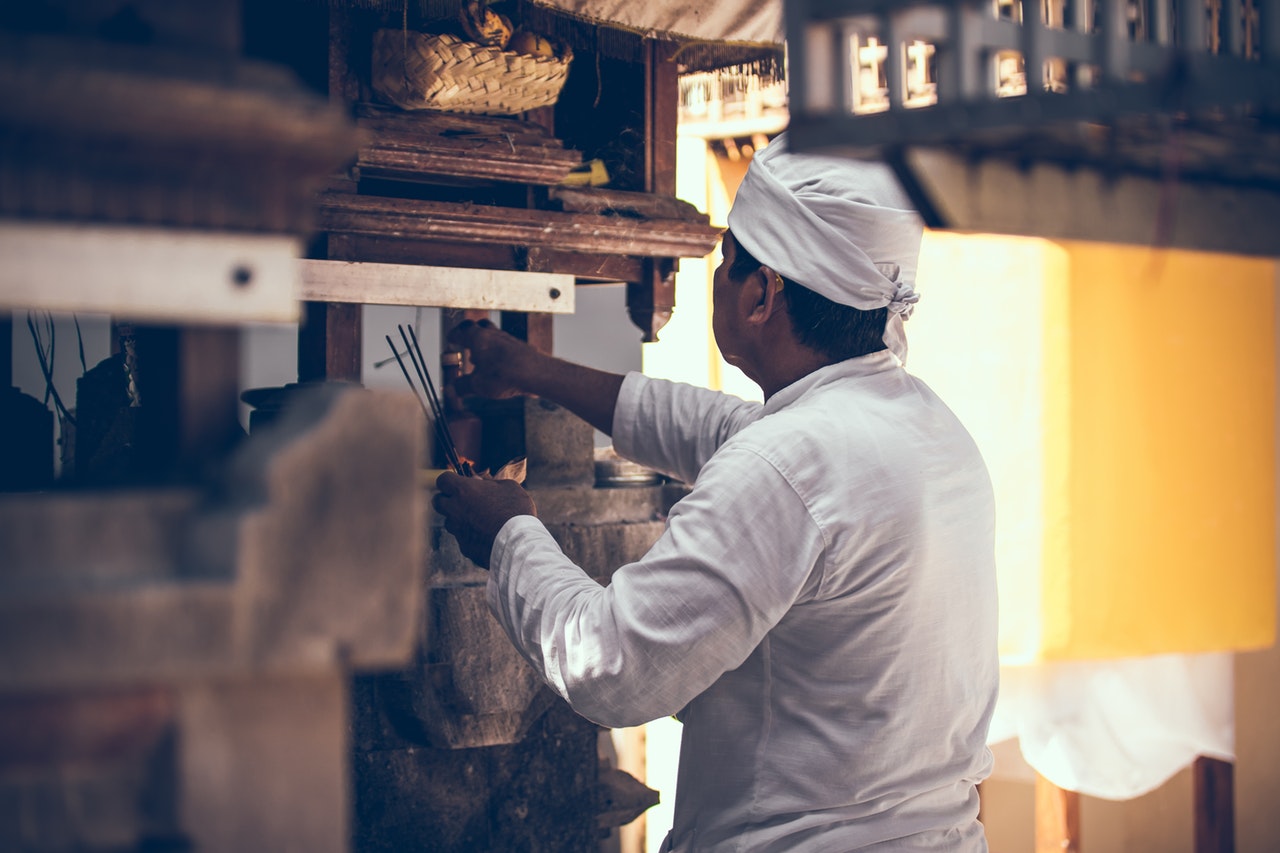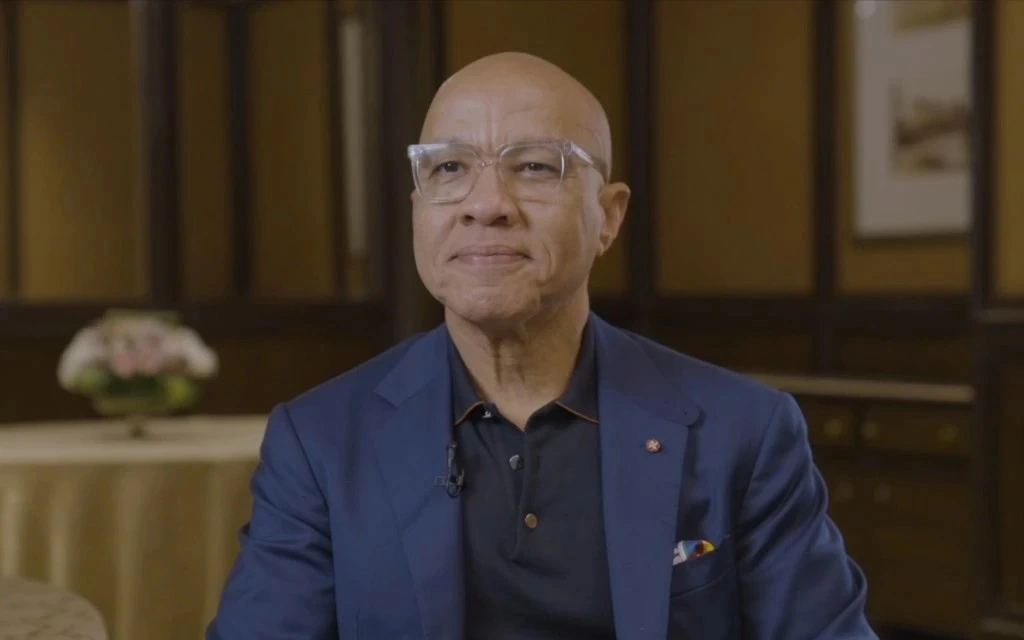Imagine a restaurant with a 100 square foot layout, 75 percent of which functions as the dining area, while the remaining constitutes the kitchen and storage facility. Because of how successful the eatery is, the owners decide to expand—and they do so by increasing the seating space, but making no additions to the kitchen space or equipment, and refuse to hire additional chefs or wait staff.
What do you reckon will happen?
The answer seems simple and straightforward: the restaurant staff will be overworked and inefficient, the wait time for each meal will increase, and the focus of the restaurant will veer to meeting the basic requirements as opposed to focusing on quality.
We believe that something very similar happens to grassroots organisations when their programmes are funded (and therefore expanded) without adequately supporting their internal systems.
Related article: Capacity building at nonprofits: A 3-step guide
Knowing the right time to fund organisational development
Funding organisational development is especially crucial between years three and seven of the organisation’s life cycle.
[quote]Funding organisational development is especially crucial between years 3-7 of the organisation’s life cycle.[/quote]In the first three years of its establishment, the organisation is replete with high energy. The ‘cause’ or ‘vision’ creates an adrenaline rush, and very often the founder/s operate on little or no external input or motivation. Their prime focus is on developing and strengthening the programmes, setting up the physical operations, and creating awareness in their community or ecosystem.
As the organisation enters years three and four, the initial energy dies down. The team encounters several roadblocks that were previously inconsequential. The programmes are now in place, but the systems are unsteady. The founder/s awaken to operational issues such as challenges in hiring and retaining staff, inadequate or misaligned monitoring and evaluation systems, disjointed documentation and reporting structures, legal and compliance work, and so on. By this stage, all the funds coming in from family and well-wishers are also drying up.
This is when the organisation is the most vulnerable and malleable. Setting up strong systems could create a secure foundation for the organisation; thus, capacity building support is crucial at this juncture.
Identifying areas in which a nonprofit might need support
There are many ways to do this. At Global Fund for Children (GFC) we have adopted a design-thinking approach, wherein we encourage leadership to understand and self-assess their organisation’s strengths and weaknesses, and identify areas for improvement.

Whether for a restaurant or nonprofit, setting up strong systems creates a secure foundation, and capacity building support is crucial at this juncture | Photo courtesy: Pexels
Here are some key lessons we have learned along the way:
1. Let the nonprofit take the lead
Identifying areas for improvement must be led by the organisation, as opposed to being donor-driven. At GFC we have our partner organisations fill out a self-assessment form before we engage with them.
[quote]Identifying areas for improvement must be led by the organisation, as opposed to being donor-driven.[/quote]We have seen the benefits of undertaking this exercise as a team. Often, it includes the individual overseeing day-to-day operations as well as two or more staff members from different departments. It is also helpful to include board members, volunteers, and any other individuals who may offer additional insights into the operations of the organisation.
2. Don’t penalise honesty
So that the focus remains on organisational development, funding decisions must not be influenced by a nonprofit’s self assessment. It is important for grantee organisations to feel comfortable talking about their mistakes and what didn’t work with their funders.
To enable this, funding decisions could be based on the insights shared by the team. Some of these insights could include: a founder’s entrepreneurial thought process, the organisation’s community relationships (with peers as well as with the people at the grassroots), self-reported examples of agility and resourcefulness, and the organisation’s exit plan.
Related article: The balance of power needs to change
3. Look past your initial knee-jerk reaction
More often than not, when nonprofits are struggling, their funding partners are quick to step in with a solution. This however, is not always the best approach.
Take for example, a nonprofit we worked with in Mumbai—their programmes were stable and internal systems well-oiled. Yet, they were not able to get the financial support they required. Our knee-jerk suggestion was that they should hire an expert fundraiser. However, after spending time with the team and speaking with different departments, we realised that they didn’t have a holistic picture of their impact. They would pitch their work as individual projects and not as the integrated community effort that it was. All they needed to do was weave their projects together as one narrative, including their quantitative and qualitative impact.
Once we understood this, they were able to use our organisational development grant to hire a filmmaker instead of a fundraiser. The short film they made became the voice of the organisation, easing their fundraising burden.
4. Be open to funding non-programme essentials
Another challenge faced by many organisations is the lack of visibility their brand has. The Indian development space is crowded, making it difficult for funders to discern which nonprofits to fund. It is therefore vital for organisations to find the right champions.
Opportunity grants can help address this challenge. For instance, we gave two of our nonprofit partners grants to attend conferences focused on their respective thematic areas. As a result of attending them, one organisation got an industry expert to join its board while the other was able to build new partnerships. Annual regional or thematic knowledge exchange workshops are also a great opportunity for nonprofit partners to network and learn from one another.
Related article: Building and sustaining alliances and networks
Measuring the impact of your funding on organisational development
Accurately measuring the effectiveness of capacity development is challenging. While there are many metrics to evaluate the effectiveness of capacity building, at GFC we try and understand the following three aspects:
- Growth: In terms of budget and number of people served
- Brand visibility: In terms of published articles, social media influence, awards and fellowships, and coalition and network presence
- Self-reported metrics: Such as strengths and areas of development
To conclude, it might help to revisit the restaurant analogy:
If capacity building was to be evaluated purely in a quantitative fashion, we would focus on things like customers served, positive reviews, dishes made, improvement in wait-time, and so on. On the other hand, a qualitative approach would include experiences of the staff and their perception of what success is, reasons why patrons visited, etc.
It would be unfair to judge the restaurant’s success or failure by employing just one of those approaches. The qualitative and quantitative data, when understood concurrently, paint a picture of the restaurant’s holistic progress. This data, in conjunction with the organisation or team’s vision would determine the restaurant’s success.
Which is to say, success, be it for a restaurant or nonprofit, can be subjective, and therefore, is not something that any funder can judge in isolation.





